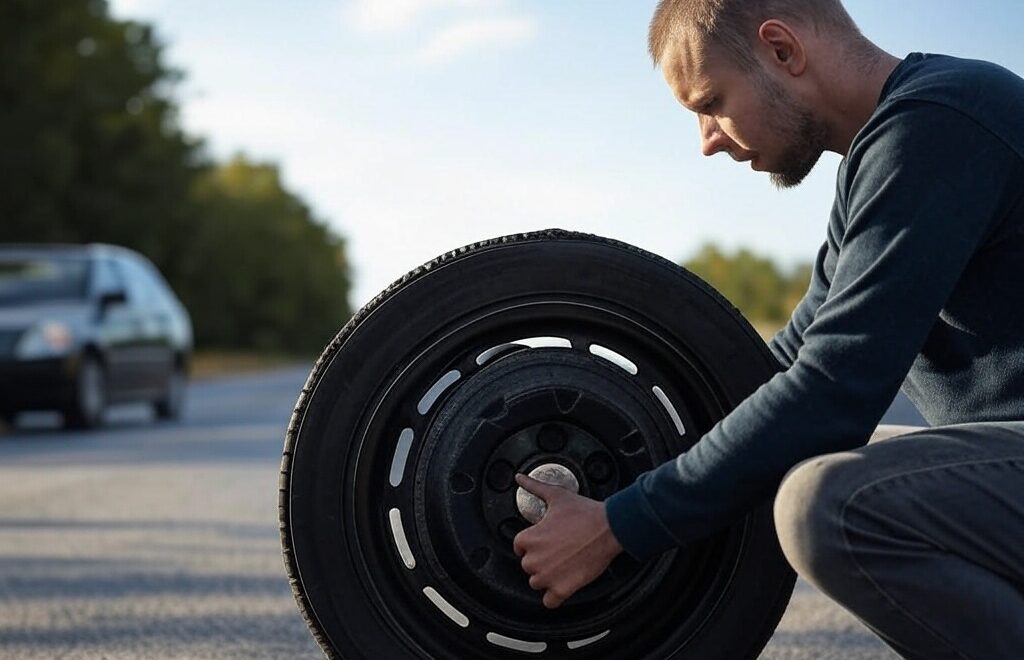Essential Safety Tips for Motorists Changing a Tire on the Roadside
Essential Safety Tips for Motorists Changing a Tire on the Roadside
A flat tire can strike at the most inconvenient times—whether you’re commuting to work, heading out on a road trip, or simply running errands. While many drivers know how to change a tire, not everyone considers the safety risks involved when doing so on the side of a busy road. Here are some crucial safety tips every motorist should follow to protect themselves and others while changing a tire.
1. Get to a Safe Location First
If your tire goes flat while driving, resist the urge to stop immediately unless absolutely necessary. Instead, slow down gradually and steer your vehicle to a safe, flat location away from traffic. Ideal spots include:
- A wide shoulder
- A rest stop
- A parking lot
- The far-right side of the road, as far from moving traffic as possible
Avoid hills or soft ground, as these can be dangerous when using a jack.
2. Turn On Your Hazard Lights
Your hazard lights are the first line of defense to alert other drivers that you’re experiencing an issue. Turn them on as soon as you notice the problem and keep them on throughout the tire change to improve visibility.
3. Use Safety Gear and Reflective Items
Visibility is key, especially in low-light conditions or at night. If you have a reflective vest, put it on. Place reflective triangles or road flares behind your vehicle (about 50–100 feet back) to warn oncoming traffic. These simple tools can prevent accidents by giving other drivers time to slow down and steer clear.
4. Engage the Parking Brake and Wheel Wedges
Once safely parked, immediately engage your parking brake. To further secure your vehicle from rolling, place wheel wedges (or heavy objects like bricks or large rocks) in front of or behind the tires opposite the one being changed.
5. Gather Tools and Check for Damage
Make sure you have all the tools you need: a spare tire, lug wrench, jack, and the vehicle’s manual. Check the condition of the spare to ensure it’s properly inflated. Before proceeding, inspect the area around the flat tire to ensure it’s safe to work on and free from sharp objects or debris.
6. Be Cautious When Using the Jack
Only use the jack on solid, level ground and at the designated jacking point of your vehicle (refer to your owner’s manual). Never place any part of your body under the car while it’s lifted. Use the jack solely to raise the vehicle enough to change the tire.
7. Stay Aware of Your Surroundings
While changing the tire, stay focused and alert. Keep an eye on traffic, especially if you’re close to the roadway. Avoid standing on the traffic-facing side of the car whenever possible.
8. Call for Help If Conditions Are Unsafe
If the road is too narrow, traffic is too heavy, or weather conditions make it dangerous to change a tire yourself, don’t risk it. Call roadside assistance or emergency services. Your safety is more important than saving time or money.
9. Check Everything Before Driving Away
Once the new tire is on and the vehicle is back on the ground, ensure all lug nuts are properly tightened and tools are stowed away. Double-check that the flat tire is secured and that no equipment is left on the road.
Final Thought
Changing a tire doesn’t have to be a dangerous task if done with proper precautions. Always prioritize your safety and that of others around you. Preparation is key—keep your roadside emergency kit stocked and know the steps ahead of time. Safe driving starts long before the tire goes flat.


